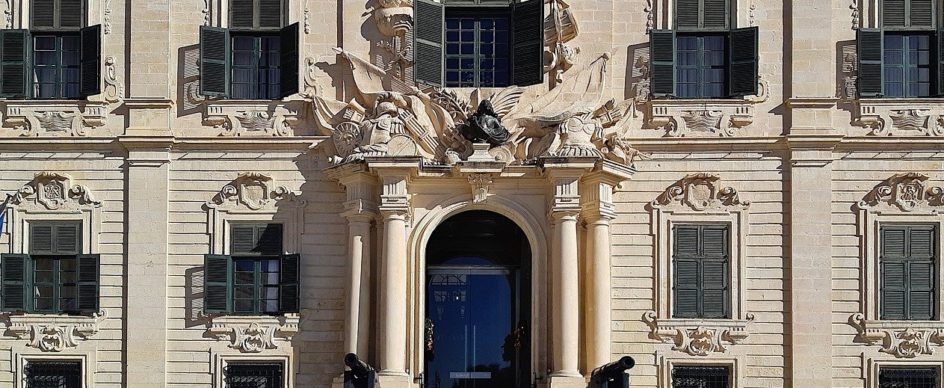
Baroque Architecture in Malta
- Nov 13, 2021
Baroque architecture spread throughout Europe...
In the early 17th century, Baroque was adopted as the Catholic Church’s go-to architectural style. Thanks to the Church’s involvement, Baroque architecture spread throughout Europe. Baroque architecture was used to express the power of the state and the Catholic Church through intricate designs and dramatic centre-pieces.
Prior to the introduction of Baroque, Malta’s main architectural style was Mannerism. Architects Bontadino de Bontadini, Lorenzo Gafà and Francesco Buonamici are largely credited as the pioneers of Baroque in Malta. They were the ones who brought the Baroque style to Malta – a move that ignited an architectural revolution.
The Earliest Representations of Baroque in Malta
Some historians perceive De Bontadini’s Wignacourt Aqueduct as being one of the earliest representations of Baroque in Malta. However, other historians credit Francesco Buonamici as being the true pioneer of Baroque, as Buonamici designed the Church of the Jesuits in Valletta in 1635. Other early examples include Auberge de Provence and Hostel de Verdelin.
The Catholic Church in Malta was undoubtedly the driving force for the spread of Baroque. From the 1660s onwards, Malta’s new churches were designed in the Baroque style, dominating Malta’s villages with their large domes, belfries and ornate, jaw-dropping interiors.
During this period, Lorenzo Gafà was the most notable Baroque architect in Malta. Gafà designed St Nicholas’ Church in Siġġiewi, St Paul’s Cathedral in Mdina and St Lawrence’s Church in Vittoriosa, to name but a mere few of his masterpieces.
The Glory Years
During the 18th century, Baroque continued to dominate Malta. Fine examples of 18th-century Baroque architecture include Palazzo Vilhena in Mdina, Corte Capitanale in Mdina, Auberge de Castille in Valletta and Castellania in Valletta.
The early decades of the 19th century were marked by British rule. The British brought with them neoclassical architectural practice and a protestant etiquette that favoured simplicity over ornateness.
Baroque remained popular, however, especially amongst the elite, who incorporated Baroque features in their house designs. The Church continued to promote Baroque by building new Baroque churches such as the Mellieha Parish Church and the Rotunda of Xewkija.
Nowadays, a lot of Maltese architects still choose to incorporate Baroque elements. An excellent example of the 21st century Baroque is Santa Venera Parish Church. It’s significantly less ornate than older Baroque churches – but it’s still unmistakably Baroque.
Final Thoughts
The Baroque style of architecture symbolises power, wealth, prestige and influence. By utilising contrast, movement, detail, deep colour and grandeur, Maltese architects or architects who worked in Malta managed to create a unique landscape that instills a sense of awe and admiration – even to this very day.




